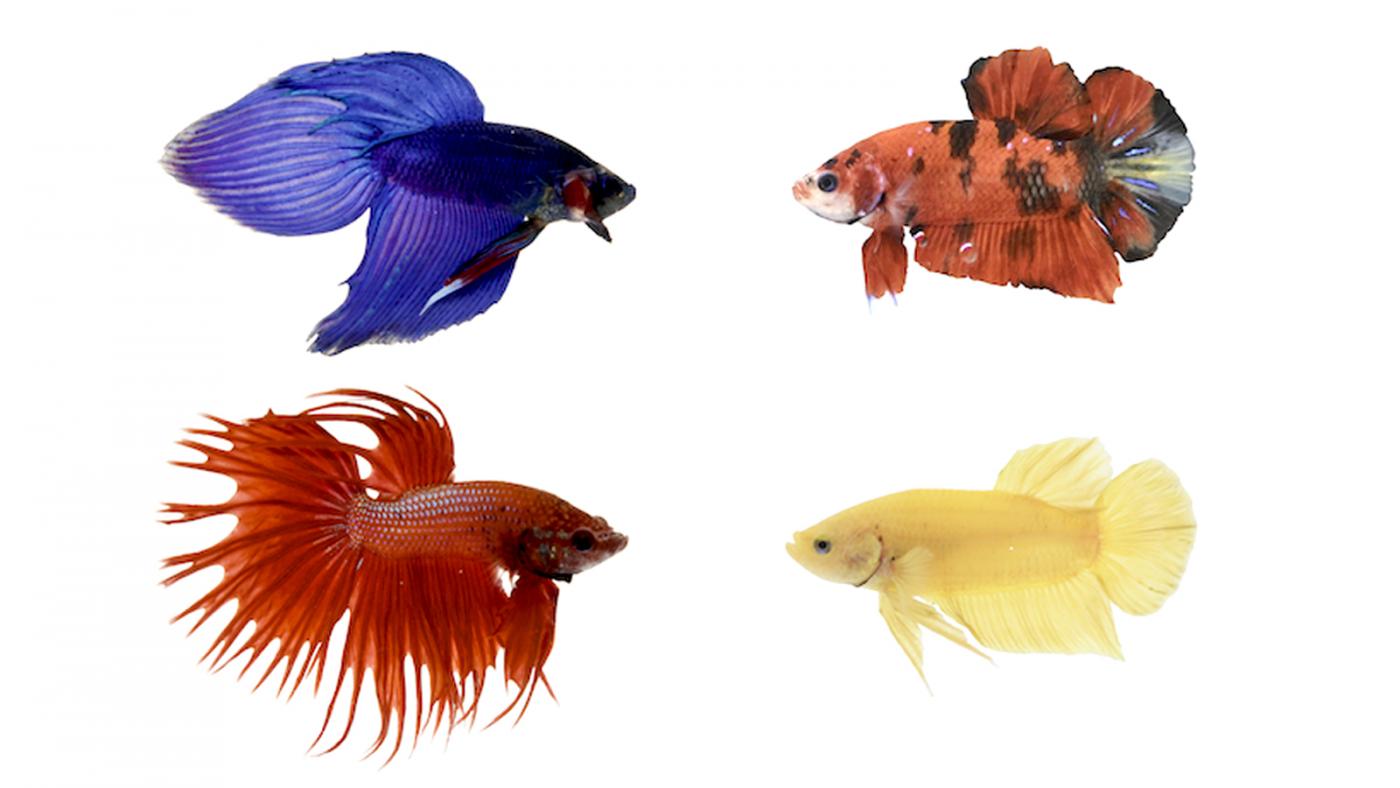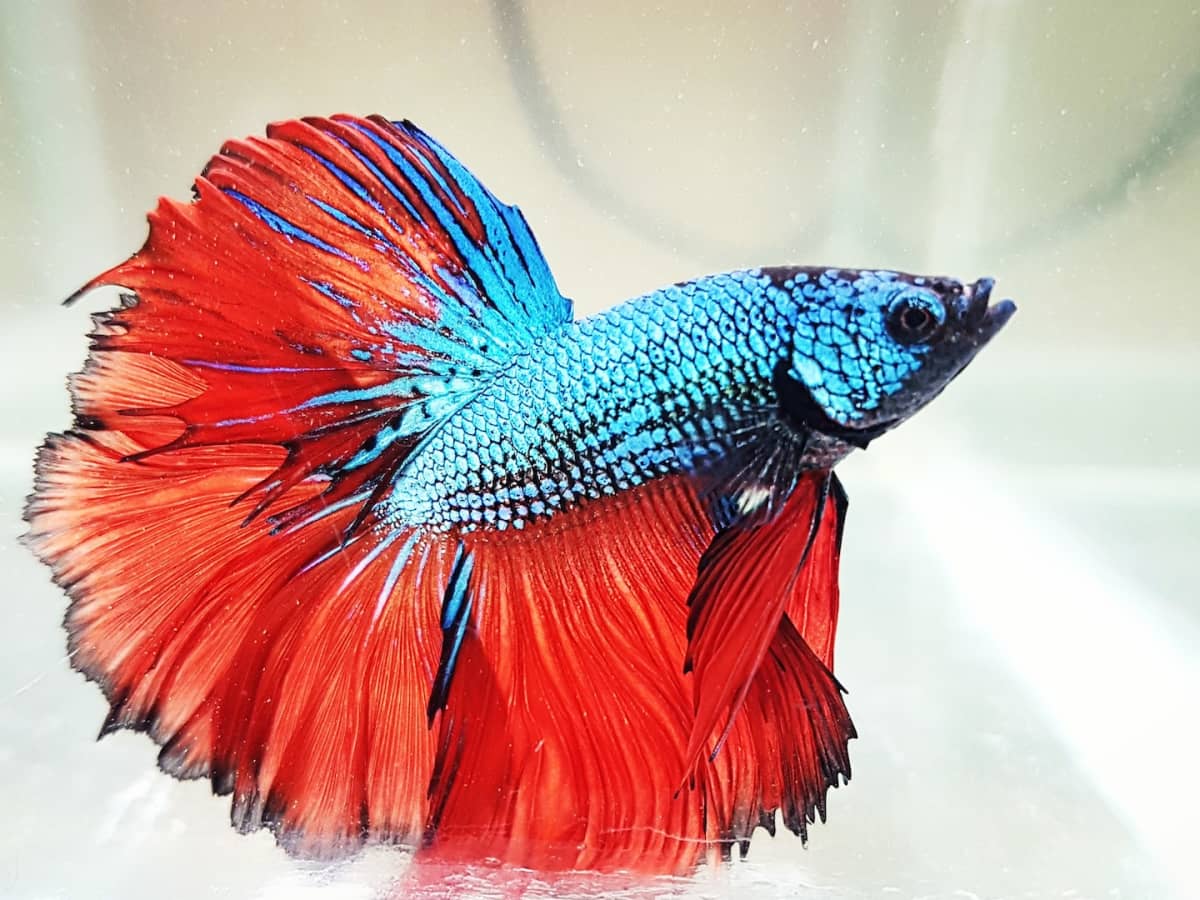Betta Fish Tank Configuration: A Step-by-Step Overview for Beginners
Betta Fish Tank Configuration: A Step-by-Step Overview for Beginners
Blog Article
Just How to Breed Betta Fish Effectively: Expert Techniques and Insights for Hobbyists Seeking To Broaden Their Betta Collection
Breeding Betta fish needs a nuanced understanding of genes and ecological conditions, making it essential for enthusiasts to approach the process with both persistance and treatment. Producing an ideal reproduction environment, selecting the ideal pairs, and observing the complexities of their courtship habits are foundational steps that can substantially impact the outcome. Additionally, the succeeding care of the fry is important for ensuring their healthy advancement. As we check out these key components, it comes to be clear that successful breeding is not practically the first pairing yet encompasses a broader method that merits careful factor to consider.
Understanding Betta Fish Genetics
Comprehending the genes of Betta fish is crucial for effective breeding, as it influences traits such as shade, fin form, and actions. Betta fish show a diverse array of colors and patterns, mainly identified by their genetic makeup. The primary genetics in charge of coloration include the "B" gene for blue, "D" genetics for red, and the "C" genetics for shade strength. Breeders can manipulate these attributes by picking specific parent fish that display preferred qualities.
In enhancement to pigmentation, fin morphology is another significant aspect of Betta genes (betta fish). The shape and size of fins are affected by different genetics, including those that establish whether the fins are short, long, or veil-shaped. Recognizing these genetic variations assists dog breeders predict the phenotypic outcomes of their offspring
Moreover, behavior traits such as aggressiveness and territoriality can likewise be affected by genes. These behaviors play a crucial duty in the breeding procedure, as they can influence spawning success and the total character of the resulting fry. By thoroughly understanding these hereditary principles, dog breeders can make educated decisions, eventually improving their reproduction programs and achieving preferable outcomes.
Preparing the Breeding Atmosphere
Creating an ideal breeding setting is crucial for the effective recreation of Betta fish. The very first step in preparing this environment is to pick a proper breeding tank, preferably varying from 5 to 10 gallons.
Next, take into consideration using a sponge filter or an air rock to provide mild water blood circulation without producing solid currents that can emphasize the fish. It is crucial to set up plants or breeding cones to offer concealing spots and advertise comfort for the woman during the spawning process. Drifting plants, such as Java moss or water sprite, can likewise produce an extra native environment while promoting bubble nest structure by the male.
Prior to introducing the breeding pairs, guarantee the water is conditioned and devoid of hazardous chemicals, such as chlorine or hefty steels. betta fish. Normal water changes need to be carried out to keep optimum water quality, enhancing the possibilities of successful breeding. With these prep work in area, the reproducing environment will support the wellness and well-being of both Betta fish
Choosing Reproduction Pairs
Choosing the appropriate breeding sets is vital for attaining successful Betta fish reproduction. When selecting your breeding pairs, consider a number of crucial factors consisting of wellness, character, and genetics. Healthy Betta fish display lively colors, clear eyes, and active habits. Choosing fish that are free from illness makes sure a far better opportunity of generating viable spawn.
Personality is an additional essential consideration, as Betta fish are understood for their hostile nature. It is recommended to pick a male and female that show suitable characters to decrease stress throughout the reproducing procedure. A tranquil male can urge a smoother courtship, while a lady that is too aggressive may interfere with the procedure.
Genetic history also plays a substantial role in the high quality of the children. Breeding fish that are genetically diverse can lower the risk of hereditary wellness issues and improve the total vigor of the fry. It is valuable to research the family tree of both the man and female, focusing on preferable attributes such as fin type, color patterns, and dimension.
The Reproduction Refine
The breeding process of Betta fish needs mindful preparation and attention to detail to guarantee an effective end result. It is important to prepare an appropriate reproduction container, preferably a 5-10 gallon fish tank with a temperature level maintained at 78-80 ° F. The tank ought to be geared up with like it a heating unit, filter (ideally sponge kind to prevent solid currents), and lots of marine plants for the lady to conceal.
As soon as the setting is established, present the picked reproducing pair to the container, permitting them to acclimate. Observe their behavior; the male will present intricate courtship routines, consisting of flaring his fins and constructing a bubble nest. If the woman shows rate of interest, she will display vertical red stripes showing preparedness for spawning.
When the woman is receptive, both will involve in a breeding accept, during which the male fertilizes the eggs. It is essential to monitor their communications very closely, as the male may become hostile. After generating, eliminate the female to avoid possible damage. The male will often tend to the eggs, which normally hatch out within 24-36 hours. Maintaining optimum water problems during this period is crucial for the advancement of healthy Betta fry.
Taking Care Of Betta Fry

Feeding Betta fry is crucial, as they need a diet plan high in healthy protein. Initially, they can be fed infusoria or liquid fry food, transitioning to finely crushed high-grade pellets as they expand. Feed small sections multiple times a day to motivate healthy development without overwhelming the tank with uneaten food.

As they develop, check their growth very closely and separate any kind of aggressive people to avoid injury. By offering a supporting atmosphere and correct nutrition, check my reference enthusiasts can effectively elevate Betta fry into lively, healthy fish, eventually boosting their breeding undertakings.
Conclusion
Effective Betta fish reproduction needs thorough attention to hereditary choice, environmental problems, and treatment for the fry. By comprehending the genes of Betta fish and preparing an appropriate breeding setting, enthusiasts can enhance the possibilities of generating dynamic, healthy and balanced spawn. Selecting compatible reproduction sets and very closely keeping track of the courtship and generating procedures are important. Supplying optimum treatment for the fry guarantees image source their healthy and balanced development, contributing to a flourishing Betta collection.
Report this page